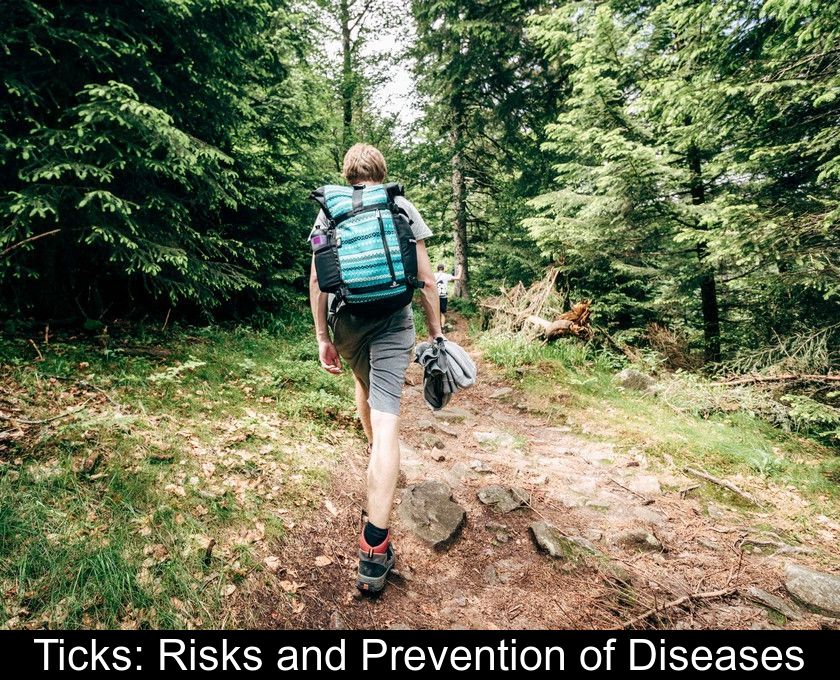Ticks: Risks And Prevention Of Diseases
Ticks are parasitic mites that can anchor themselves to the skin of mammals to feed on their blood. These small creatures not only threaten our pets (dogs and cats) but also our health: they can parasitize humans and transmit diseases to them.
Where do ticks live?
Ticks that you sometimes find on your dog or cat can also come onto humans. Contrary to common belief, these little creatures are unable to jump but they live less than a meter from the ground and climb onto their prey. These parasites live in forests, undergrowth, tall grass, as well as in mountains and gardens. They proliferate in wooded and humid areas where the temperature is moderate (between 7°C and 25°C).
What health risks?
When ticks settle on an animal or a human being, they can transmit various pathogens: viruses, bacteria, protozoa and even neurotoxins. They can thus be responsible for different diseases, including Tick-borne encephalitis (against which a vaccine exists), rickettsiosis and Lyme disease.
Lyme disease is the best known of the tick-borne diseases and can leave very disabling sequelae if it is not diagnosed and treated.
How to protect yourself from ticks?
Currently, there is a proliferation of these parasites in Europe and North America, presumably linked to climate change.
That's why it's essential to remain vigilant during walks or activities in the forest.
Preventive measures to take when going to the forest or fields include:
• wearing light-colored clothing that covers the skin (long sleeves, pants, socks) and closed-toe shoes
• optionally, applying Insect Repellent to your clothing
• carefully inspecting your body upon return to detect and remove ticks.
At home, you can limit the proliferation of these parasites by inspecting your pets, cutting your garden grass, and removing Dead Leaves (where larvae nest).
How to remove a tick?
Unlike young ticks that are barely visible to the naked eye, adults are easily seen on the skin. If you discover a tick, you should remove it quickly to limit the risk of contamination.
You should grasp the tick as close to the skin as possible using tweezers or, better yet, a tick removal tool sold at pharmacies.
If you use tweezers, the correct technique is to pull straight out (while also applying steady pressure for as long as needed) to avoid any twisting motion that could detach the head from the body. Also, be sure not to compress the tick's abdomen to avoid infecting the wound.
Once the tick is removed, don't forget to thoroughly disinfect the wound and wash your hands. Consult a doctor if a red halo appears or if you experience flu-like symptoms.
Where to get information about ticks?
To learn more about ticks, the diseases they transmit, and especially the areas where they proliferate, you can visit the website citique.fr (link below).
On this site, INRAE has launched a new tool called CiTIQUE-Tracker that shares the data collected since 2017 by citizens as part of the participatory research program of the same name.
This new tool, which complements the map of "tick zones" published in 2022, aims to inform and raise public awareness on this subject.













